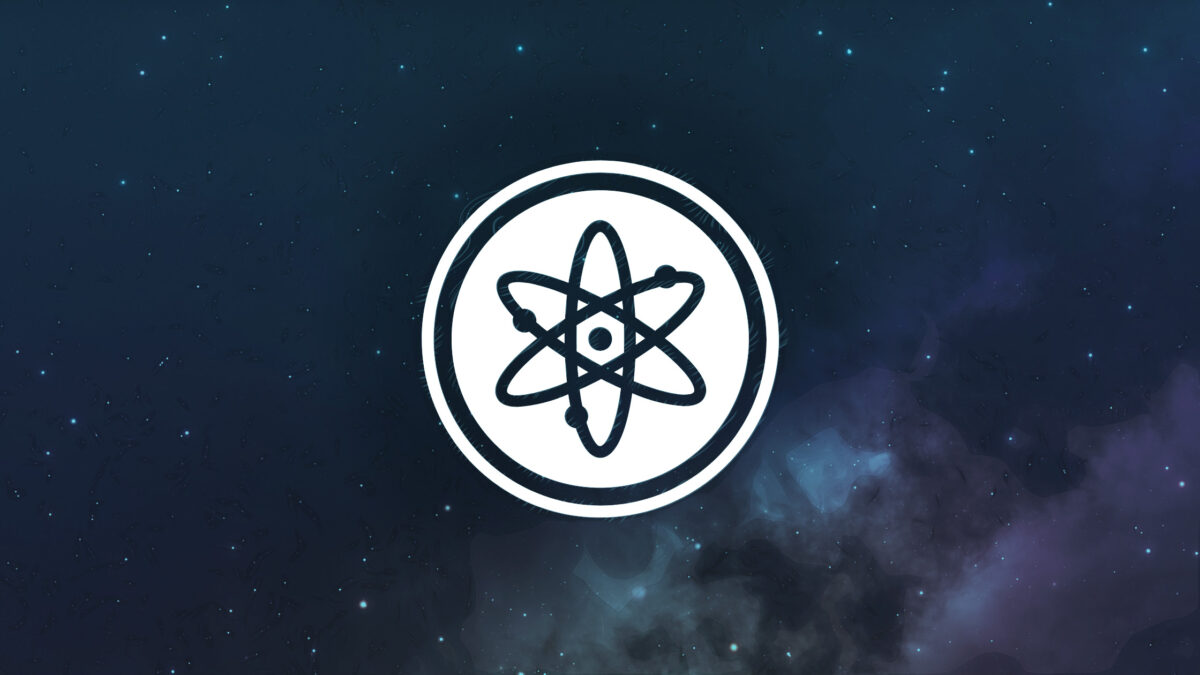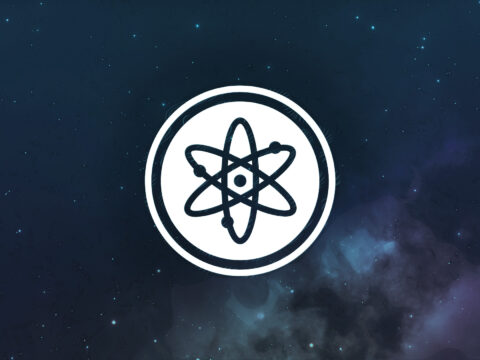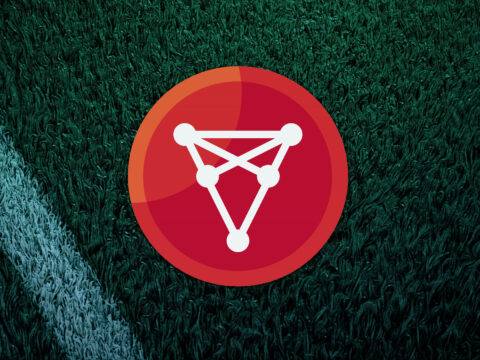
Cosmos (ATOM) nickname, “The Internet of Blockchains,” might sound like an exaggeration, but it is precisely what this network aims to create.
Created by Jae Kwon and Ethan Buchman in collaboration with the Interchain Foundation in 2014, Cosmos seeks to unite crypto networks by offering open-source tools that allow them to communicate quickly and efficiently, effectively removing the need for oracles and other parties to communicate between them.
Cosmos raised over 26 million dollars by running an Initial Coin Offering (ICO) in 2017 and a Series A funding round in 2019, the year in which the whitepaper and software would be released.
Cosmos is a network of many independent blockchains called zones, which work in parallel without sacrificing efficiency, stability, or security in the process.
The network can handle multiple assets but has a native token named Atom. This token can be used to prevent spam, to stake and obtain benefits, and as a governance token.
What is the Purpose of Cosmos?
The purpose of Cosmos is “simple”: creating an ecosystem of blockchain networks that fosters cooperation and innovation by setting certain standards for scalability, usability, and sovereignty.
By creating a connected ecosystem where blockchains can coexist and collaborate, Cosmos aims to combine the focus of developers and users alike by moving the technology forward as a whole instead of playing the game of “king of the hill.”
This use of a common standard would facilitate the creation of new blockchains as new use cases emerge, while also creating new ones as a natural result of the interoperability that would emerge between the different networks.
Each network would effectively work as a building block for new networks without the need to create workarounds or build from the ground if they are incompatible.
Cosmos is similar to projects like Polkadot in what it tries to accomplish. Still, it prioritizes the independence of each network by providing them with more freedom and responsibilities regarding governance, security, and validation.
Just like the internet, certain rules are decided in the form of standards and infrastructure, but ultimately, each part of the whole is its own zone with its own purposes and rules.
How Does the Cosmos (ATOM) Work?
The Cosmos network uses 3 different layers to fulfill its purpose: Application, networking, and consensus. These layers allow the processing of transactions, communication between blockchains, and reaching consensus between nodes, respectively.
Each blockchain network in Cosmos is limited to a “zone,” which gives it independence and freedom in different regards. However, these zones can’t be isolated as they will automatically be connected to hubs, which are networks specifically designed to connect zones between them.
There is no need for each zone to be connected with each other; just like on the internet, there is no need for every server to know each other. By using multiple hubs, networks can connect to networks that don’t have a direct connection to them, with the only standard hub being the Cosmos Hub.
This hub is in charge of keeping records of the states of all networks, facilitating interoperability between them.
The ATOM token powers Cosmos. As previously mentioned, ATOM fulfills 3 different functions that are essential to the network: Preventing spam, staking, and governance.
ATOM is the currency used in the network to pay for fees, which are proportional to the processing power required by a transaction, just like “gas” in Ethereum.
Staking takes place in the form of “bonding,” a process that allows stakers to generate block rewards and increase the economic security of the network by making it resistant to attacks.





